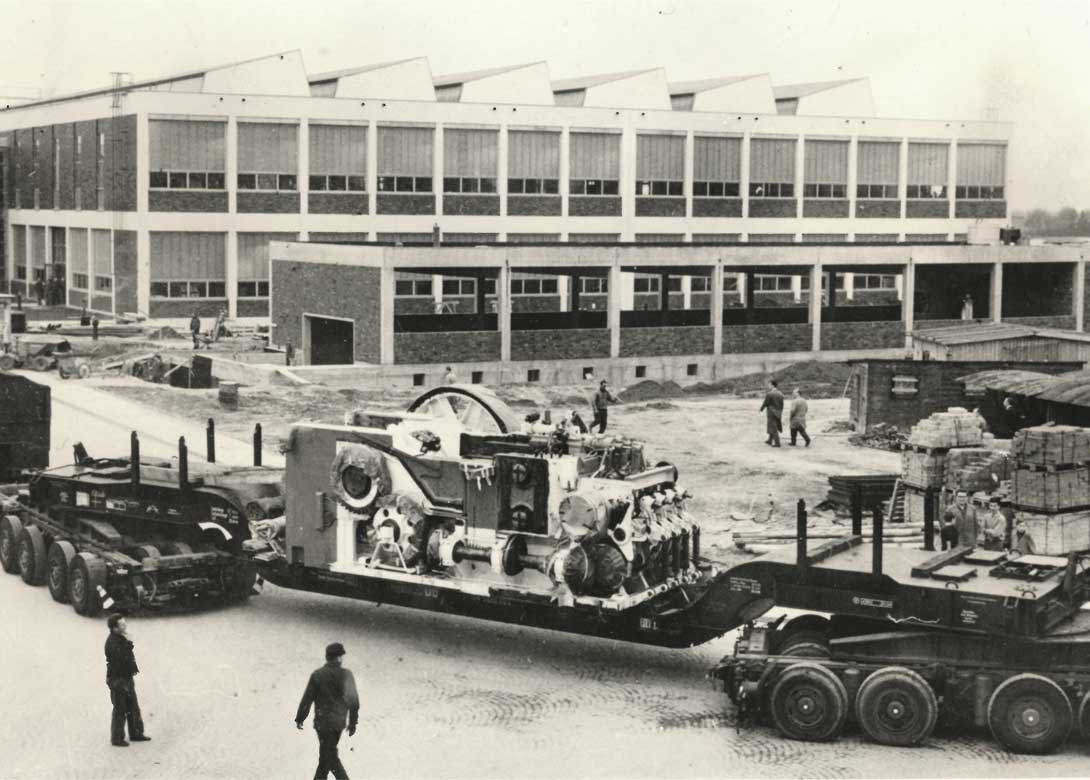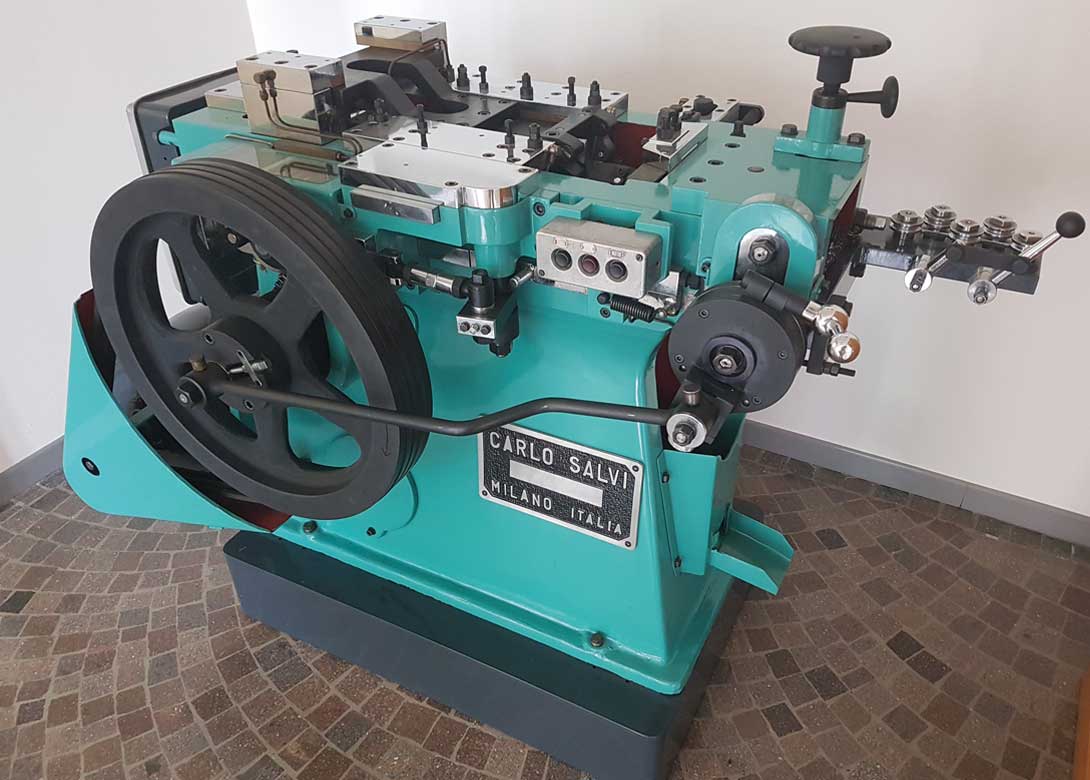

In 2020, the Swiss metal forming expert Hatebur will celebrate its unique history of 90 years, which is full of technological breakthroughs and innovations.
Hatebur therefore felt it was only fitting that the company began to showcase some of its state of the art technologies. “At Hatebur we are focused on four big technology topics: Servo transfer units, servo-electric linear wire feed, servo direct drive and Hatebur Connect,” explains Thomas Christoffel, CEO at Hatebur.
Hatebur’s servo-electric driven transfer unit is a prime example of its outstanding technologies. Besides the transfer unit itself, each of the grippers is also driven by a servo motor and can be individually adjusted for opening and closing, bringing enormous advantages when it comes to changeover times.
The servo-electric linear wire feed system ensures that the material infeed is very precise with a volume variation of less than 0.3%. The linear infeed requires no wire stop, which eliminates the occurrence of contact marks. Changeover is also quick and maintenance is easy. The servo direct drive allows the control of the movement of the press ram detached from the transfer unit and the extreme versatility of the die and punch ejectors, offering new fields of applications. With Hatebur Connect, the company is well equipped for the future. “All the relevant systems within the machines are connected and can communicate, which offers new opportunities for the analysis, data collection, machine status monitoring, preventive maintenance and the overall optimisation of productivity,” explains Thomas.

A history of innovation
Carlo Salvi, the second brand within the Hatebur company, celebrated its 80 year anniversary last year. The merger of Hatebur and Carlo Salvi in 2016 did not only bring together the skills, knowledge and innovative power of two leading companies in the cold and hot forming sectors – it also united two companies that both have an eventful history and rich tradition. Throughout their long histories, both Hatebur and Carlo Salvi have always been pushing for innovation. Both companies have achieved numerous technological breakthroughs.
The Hatebur history started with the invention of the revolutionary turret type forging press in 1930. In 1950, Hatebur pioneered the world’s first fully automatic three die progressive header with horizontal tool layout. Another milestone came in 1956, when the Hatebur engineers were able to make the hot formers, previously only used for nuts, fit for manufacturing ball bearing races. The first AMP 30 hot former marked the start of a global triumph. Numerous new technologies and machines were introduced thereafter and until today.
Carlo Salvi, founded in 1939, started the production of flat die thread rollers in the 1940s. In 1952, the company introduced its first single die double blow header, a true breakthrough innovation because of its speed of 400 parts per minute. In the 1970s, Carlo Salvi produced a line of headers for the production of semi tubular or fully tubular parts, boosting the productivity of its customers. The first single die double blow header equipped with linear wire feed, quick change kit, and electronic interface, was launched in 1999. Until today, innovation, research and development are integral parts of Carlo Salvi’s DNA.


Biog
Will joined Fastener + Fixing Magazine in 2007 and over the last 15 years has experienced every facet of the fastener sector - interviewing key figures within the industry and visiting leading companies and exhibitions around the globe.
Will manages the content strategy across all platforms and is the guardian for the high editorial standards that the Magazine is renowned.








